10 Best Herbal Baths For Acne

Herbal baths for acne involve using natural herbs known for their anti-inflammatory and antibacterial properties to soothe and heal the skin.
Common herbs used include lavender, chamomile, calendula, and green tea, which can help reduce redness, irritation, and bacterial growth on the skin. To prepare an herbal bath, steep the dried herbs in hot water, then add the infused water to a bathtub, allowing the skin to absorb the beneficial compounds through soaking. Regular use of these baths can complement other acne treatments by promoting clearer, healthier skin.
However, it’s important to patch test new herbs to avoid allergic reactions and consult a healthcare provider if acne persists or worsens.
FREE Herb Drying Checklist
How to make sure every batch retains maximum flavor, color, and aroma without the risk of mold or over-drying. Eliminate guesswork and trial-and-error, making herb drying faster, easier, and more efficient every time.
Table of Contents
1. Chamomilla recutita
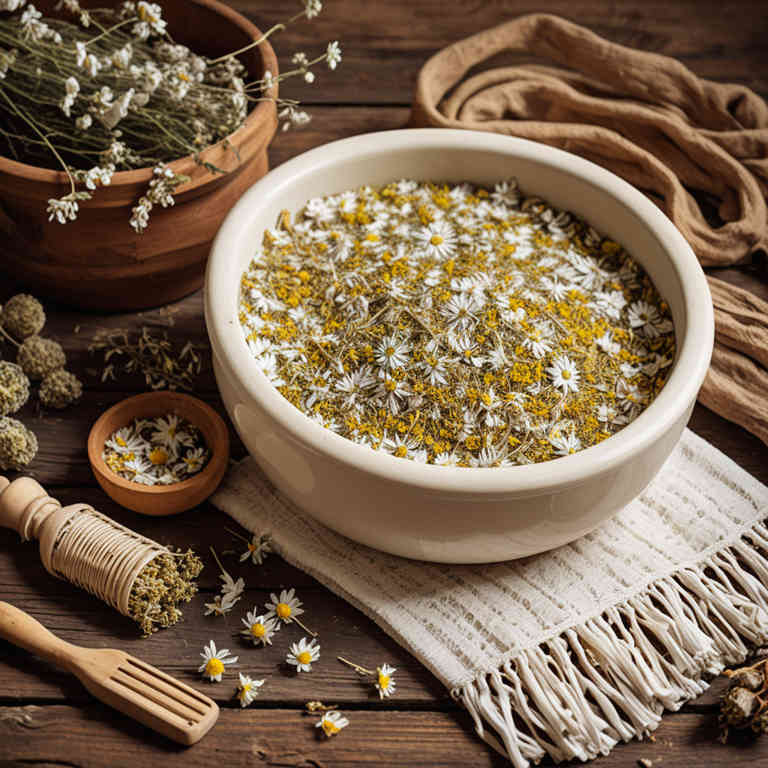
Chamomilla recutita, commonly known as German chamomile, has been widely used in herbal baths for its soothing and anti-inflammatory properties.
When infused into bath water, chamomile can help reduce redness and irritation associated with acne by calming the skin’s inflammatory response. The essential oils in chamomile, such as bisabolol, possess antimicrobial and antiseptic qualities that may help combat the bacteria responsible for acne breakouts. Regular use of chamomile baths can promote a gentle cleansing of the skin without stripping its natural oils, making it a safe option for sensitive or acne-prone skin.
However, individuals with allergies to plants in the Asteraceae family should exercise caution, as chamomile may trigger allergic reactions in some cases.
2. Hypericum perforatum

Hypericum perforatum, also known as St. John's Wort, is traditionally used in herbal baths for its potential skin-soothing properties.
When infused into bath water, the plant's active compounds, such as hypericin and hyperforin, may help reduce inflammation and redness associated with acne. These baths are believed to promote skin healing and balance sebum production, which can contribute to clearer skin. However, it is important to note that St. John's Wort can interact with certain medications, so consultation with a healthcare provider is recommended before use.
Despite its traditional use, scientific evidence supporting its efficacy for acne is limited, and it should be used as a complementary, not a primary, treatment.
3. Urtica dioica

Urtica dioica, commonly known as stinging nettle, has been used traditionally for its potential skin-healing properties, including its use in herbal baths for acne treatment.
When steeped in warm water, stinging nettle can create a soothing bath that may help reduce inflammation and redness associated with acne. The plant contains anti-inflammatory compounds and antioxidants that may support skin health by balancing sebum production and reducing bacterial growth. Regular use of stinging nettle baths may help cleanse the skin and promote a clearer complexion.
However, it is important to perform a patch test first and consult with a healthcare professional, especially for those with sensitive skin or existing skin conditions.
4. Salvia officinalis

Salvia officinalis, commonly known as sage, has been traditionally used in herbal baths for its potential skin benefits, including its ability to help with acne.
The essential oils and compounds found in sage, such as thujone and flavonoids, possess antimicrobial and anti-inflammatory properties that may help reduce bacteria on the skin and soothe inflammation associated with acne. When used in a bath, sage can help purify the skin and promote a sense of relaxation, which may indirectly support clearer skin by reducing stress-related breakouts. To use sage in a bath, it can be steeped in hot water to create a herbal infusion, which is then added to the bathwater for a soothing soak.
However, it is important to dilute sage properly and avoid direct contact with the skin to prevent irritation, as some individuals may be sensitive to its strong properties.
5. Rosmarinus officinalis

Rosmarinus officinalis, commonly known as rosemary, is a versatile herb that has been traditionally used for its therapeutic properties, including its potential benefits for skin health.
When incorporated into herbal baths, rosemary can help soothe and rejuvenate the skin, making it a valuable addition for those struggling with acne. The essential oils in rosemary possess antimicrobial and anti-inflammatory properties that may help reduce bacteria and inflammation associated with acne breakouts. By adding a few drops of rosemary essential oil to warm bath water, individuals can enjoy a calming and cleansing experience that supports clearer skin.
However, it is important to dilute the oil properly and perform a patch test to avoid skin irritation, especially for those with sensitive skin.
6. Aloe barbadensis
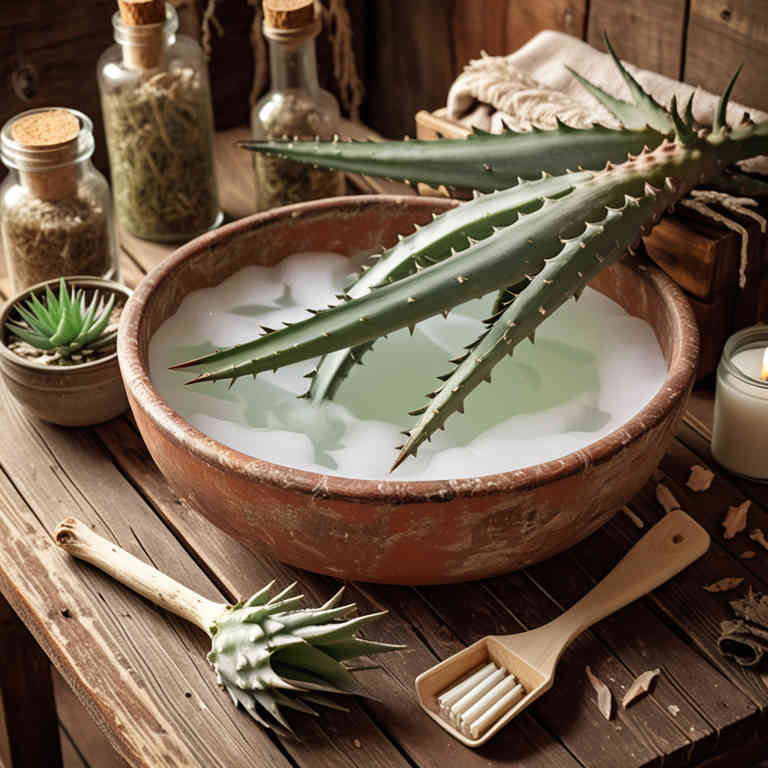
Aloe barbadensis, commonly known as aloe vera, is widely used in herbal baths for its soothing and healing properties, particularly for skin conditions like acne.
When incorporated into a bath, aloe vera helps to reduce inflammation and redness associated with breakouts by calming the skin's immune response. Its natural anti-inflammatory and antimicrobial compounds can help prevent the growth of bacteria that contribute to acne formation. Additionally, aloe vera is rich in vitamins and minerals that nourish the skin, promoting a clearer and healthier complexion.
Regular use of aloe-based herbal baths may support long-term skin health and reduce the frequency of acne flare-ups.
7. Lavandula angustifolia

Lavandula angustifolia, commonly known as English lavender, is widely used in herbal baths for its soothing and therapeutic properties.
When added to bath water, lavender essential oil or dried lavender flowers can help reduce inflammation and calm the skin, making it beneficial for those with acne. The calming aroma of lavender also promotes relaxation, which can indirectly support skin health by reducing stress-related breakouts. Its antiseptic and anti-inflammatory properties may help to soothe irritated skin and prevent bacterial growth that contributes to acne.
Regular use of lavender-infused baths can be a natural and gentle way to support skin clarity and overall well-being.
8. Echinacea purpurea
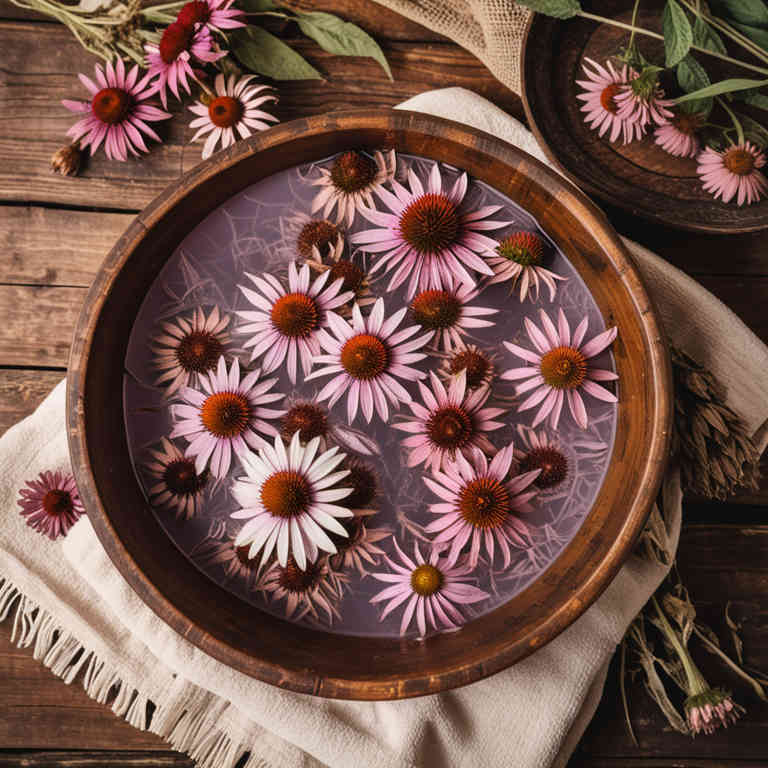
Echinacea purpurea, commonly known as purple coneflower, is a popular herbal remedy often used in traditional medicine for its potential anti-inflammatory and immune-boosting properties.
When incorporated into herbal baths, echinacea can help soothe skin inflammation and reduce redness associated with acne. The active compounds in echinacea, such as alkamides and caffeic acid derivatives, may help regulate sebum production and combat bacterial growth on the skin. To prepare an echinacea bath, steep dried echinacea flowers in hot water for several hours, then add the infusion to warm bath water.
While some studies suggest its benefits for skin health, it is important to consult a healthcare provider before using echinacea baths, especially for those with sensitive skin or existing skin conditions.
9. Rosa canina
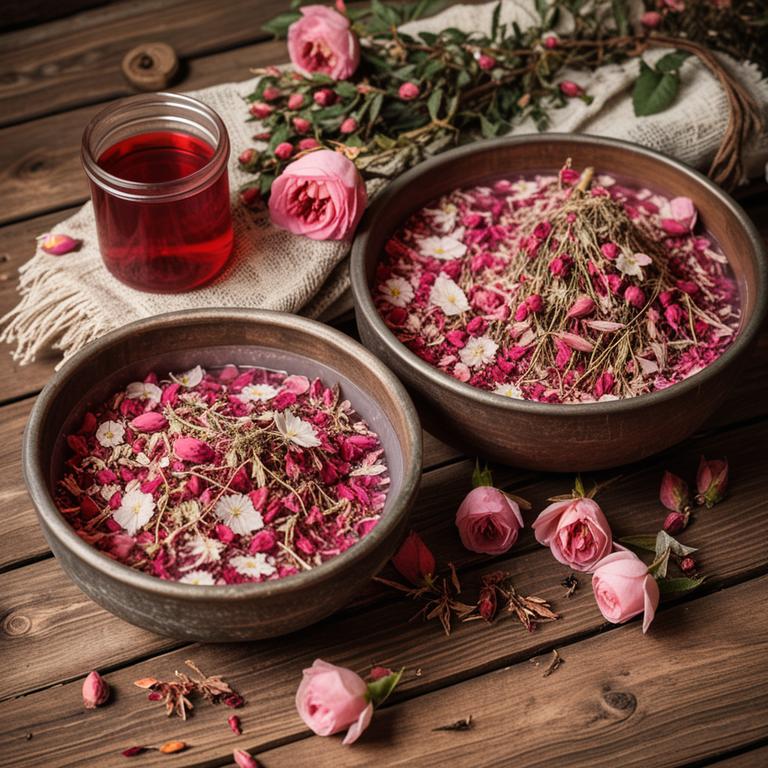
Rosa canina, also known as rosehip, is a natural herbal remedy that has been traditionally used for its skin-soothing properties.
When used in herbal baths, rosehip oil or extracts can help reduce inflammation and redness associated with acne. The anti-inflammatory and antioxidant compounds in rosa canina support skin healing and may help prevent future breakouts. Incorporating rosa canina into a regular bath routine can promote clearer, healthier skin by balancing oil production and improving skin texture.
However, it is important to consult with a healthcare provider before using it, especially for those with sensitive skin or existing skin conditions.
10. Camellia sinensis
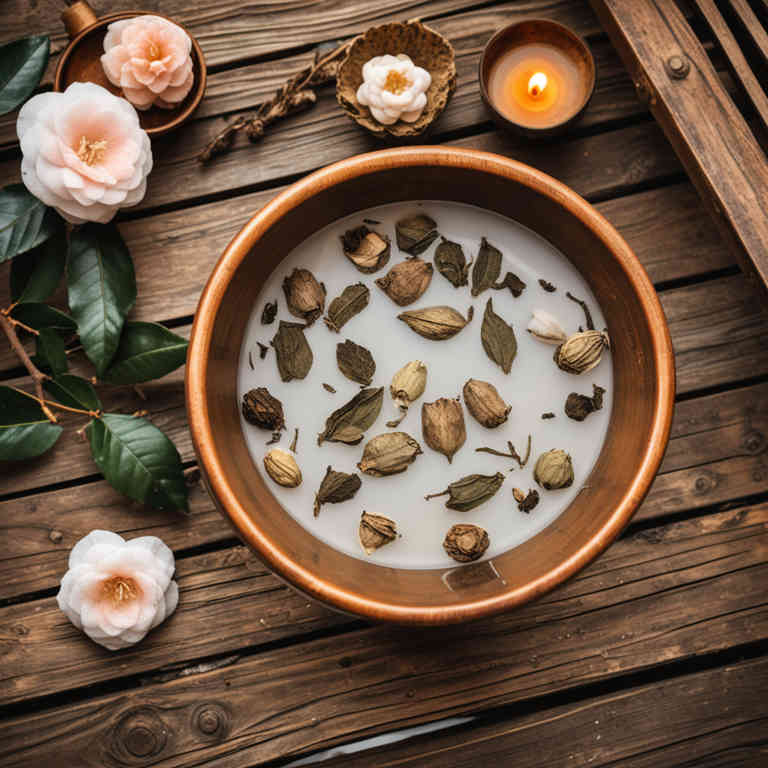
Camellia sinensis, commonly known as the plant from which green tea is derived, contains bioactive compounds like polyphenols and catechins that have anti-inflammatory and antimicrobial properties.
These properties make it a valuable ingredient in herbal baths for acne-prone skin, as they can help reduce skin irritation and prevent bacterial growth that contributes to breakouts. When used in bath water, camellia sinensis can soothe the skin, promote healing, and balance sebum production, which is often overactive in acne cases. Its mild nature makes it suitable for sensitive skin, offering a gentle yet effective alternative to harsh chemical treatments.
Incorporating camellia sinensis into a skincare routine through herbal baths can support overall skin health and potentially reduce the frequency and severity of acne outbreaks.